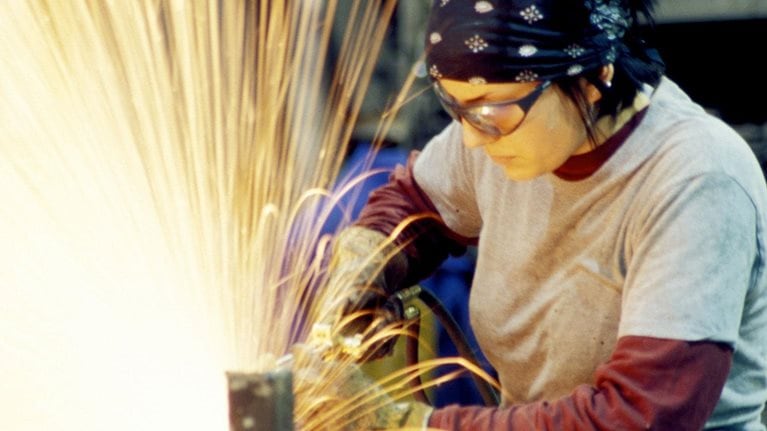Accelerating progress toward gender equality is not only a moral and social imperative, it would also deliver a growth dividend for Canada. In a new report from the McKinsey Global Institute (MGI), The power of parity: Advancing women’s equality in Canada, we find that by taking steps to address this issue, Canada could add $150 billion in incremental GDP in 2026 or see a 0.6 percent increase of annual GDP growth. That’s 6 percent higher than business-as-usual GDP growth forecasts over the next decade. Put another way, this figure is equivalent to adding a new financial-services sector to the economy. Each province stands to gain between 4 and 9 percent in 2026, with the most potential growth in British Columbia, Ontario, Prince Edward Island, and Quebec (exhibit). Achieving this economic opportunity would require Canada to add more women to high-productivity sectors, such as technology, and raise women’s participation in the labor force, each of which would account for 42 percent of the impact. Another 16 percent would come from increasing women’s working hours.

Canada is among the global leaders in women’s equality—MGI’s global research in 2015 ranked Canada in the top ten of 95 countries based on a review of 15 equality indicators in work and society. However, progress in Canada has stalled over the past 20 years. Data on many indicators has shown little improvement and, at current rates, gender gaps could take 30 to 180 years to close. Gender gaps are most significant in seven out of 15 indicators: managerial positions; science, technology, engineering, and mathematics (STEM) education; STEM occupations; entrepreneurship; political representation; unpaid care work; and single parenthood. Results are largely homogeneous across provinces and cities, pointing to common priority areas for action for the nation and for organizations.
Would you like to learn more about the McKinsey Global Institute?
Although 53 percent of the degree holders in Canada are female, women are a minority of corporate leaders. Our workplace survey of 69 Canadian companies representing more than 500,000 employees sheds light on the barriers women face in the workplace. It found that women make up approximately 45 percent of all entry-level employees but only 25 percent of vice presidents and 15 percent of CEOs. The first bottleneck for female advancement appears to occur between the entry and manager levels, and the second between director and vice-president levels, where men advance three times more than women do. The loss of female talent along the pipeline is not due to lack of ambition or higher attrition—women aspire to promotions at a similar rate and actually leave at a lower rate than their male counterparts.
Corporations could embrace a holistic set of initiatives while focusing on implementing them well and sustaining the efforts over time. In Canada, best-in-class companies use five initiatives to drive progress:
- Go beyond a vocal commitment to diversity by cascading a clear business case for change.
- Set targets, track performance, share results, and hold leaders accountable.
- Create formal sponsorship programs to help promote women.
- Make flexibility compatible with promotion.
- Raise awareness of, and combat, unconscious bias to create a truly inclusive environment.

How advancing women’s equality can add $12 trillion to global growth
Gender equality in work is linked with gender equality in society—the former is not possible without the latter. To progress on the latter, all stakeholders, including government, corporations, not-for-profit organizations, educational institutions, media, and individuals, could undertake a portfolio of initiatives in five priority areas for action in Canada: removing barriers against women entering STEM fields, enabling more women to be entrepreneurs, reducing gender inequalities in child care and unpaid care work, amplifying women’s voice in politics, and reducing gender bias and reshaping social norms. Engaging men as well as women and collaborating across organizations and sectors to tackle entrenched attitudes will be one of the most difficult but critical keys to success, ensuring Canada’s continued position as a global leader on women’s equality.
Download the executive summary (686KB) and full report (4MB) in French.


